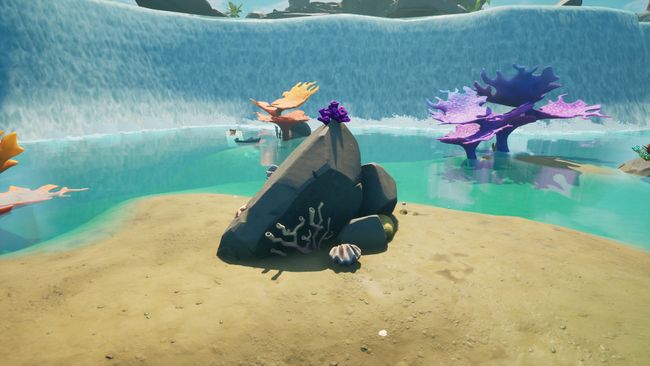


If, however, you are patient, the gill plumes will probably re-emerge before much time has passed, but they will quickly withdraw again if the animal senses danger. Often the slightest movement by a diver or a shadow cast will cause these tube dwellers to retract. The rest of the animal lives in a self-constructed tube that is either attached to the sea floor or burrowed into hard corals and sponges.īecause sedentary segmented worms are attached to their surroundings and cannot flee, their best means of defense is to quickly, and I do mean blink-of-an-eye quickly, withdraw into their tubes at the first indication of danger. However, the gill plumes represent only a small portion of the worm’s body. Occurring in hues of red, orange, yellow, green, blue, white as well as combinations, it is the colorful gill plumes of many sedentary species of polychaete worms that catch the attention of divers. In turn, segmented worms are heavily preyed upon by a variety of animals, especially fishes. The worms use their gill plumes like a sieve to capture their food and to remove oxygen from the water. Many polychaete worms, especially those that are sedentary, depend upon currents to bring them their food, chiefly a mix of tiny plankton and organic matter. Often called types of polychaete worms, all are described in the phylum Annelida and are members of the class Polychaeta. These worms are equipped with complete digestive, excretory, respiratory, circulatory and nervous systems and a number of sensory organs. The term “segmented” is used because the bodies of these worms are divided into distinct sections, or segments. Worldwide, there are about 8,000 species of segmented marine worms. The gill plumes look like a whorl of delicate feathers extending from the tube they live in. We often see their exposed gill plumes, which are known to scientists as radioles. The species known as Christmas tree worms, tubeworms and feather dusters live in permanent, or semipermanent, tubes of their own construction. There is little question that Mother Nature was extremely lavish with the beauty she bestowed upon many species of marine worms, especially when you consider the appearances of their terrestrial cousins. WormsĪs divers we know them as Christmas trees, feather dusters and tubes, but call them what you may, in the end, they are types of segmented worms. Let’s also delve into the bag of tricks they use to hide from you and me, their prey and their predators. Let’s take a look at some of the more common cryptic creatures that routinely cause us to embarrass ourselves when we try to show them to our dive buddies.
#Signal coral buddies skin
Some creatures retract into tubes and burrows, some bury in the substrate, and still others alter their coloration, color pattern and skin texture, making them very difficult to see. Of course, some of these animals swim away, but a lot of times the animals we saw once but can’t seem to find again are either very close to or exactly where they were when first seen. Have you been there? Not that I can prove it, but my experience tells me that most experienced divers have been on both ends of that scenario more than once.Īctually, it is absolutely amazing how fast many marine creatures can virtually disappear in the proverbial blink of an eye. Finally the diver has to look at his buddy and try to explain via underwater charades that there really was something very interesting here only a few moments ago. That moment is usually followed by a bit of confusion and reorientation, a building sense of frustration followed by a few 360-degree turns and eventually embarrassment. There is hardly a diver alive who hasn’t frantically signaled his buddy after sighting some interesting creature only to turn back to point at the original object of interest to discover that the creature is nowhere to be seen.


 0 kommentar(er)
0 kommentar(er)
